Gen Z is redefining taste in a big way, and not everything from past generations is making the cut. From the color of the walls to the way furniture is arranged, younger homeowners and renters are putting their own spin on interior design. What was once considered stylish or luxurious now feels dated or overly performative to many in this up-and-coming generation. These are the décor trends Gen Z is quietly—and sometimes loudly—leaving behind.
1. Open Shelving in the Kitchen
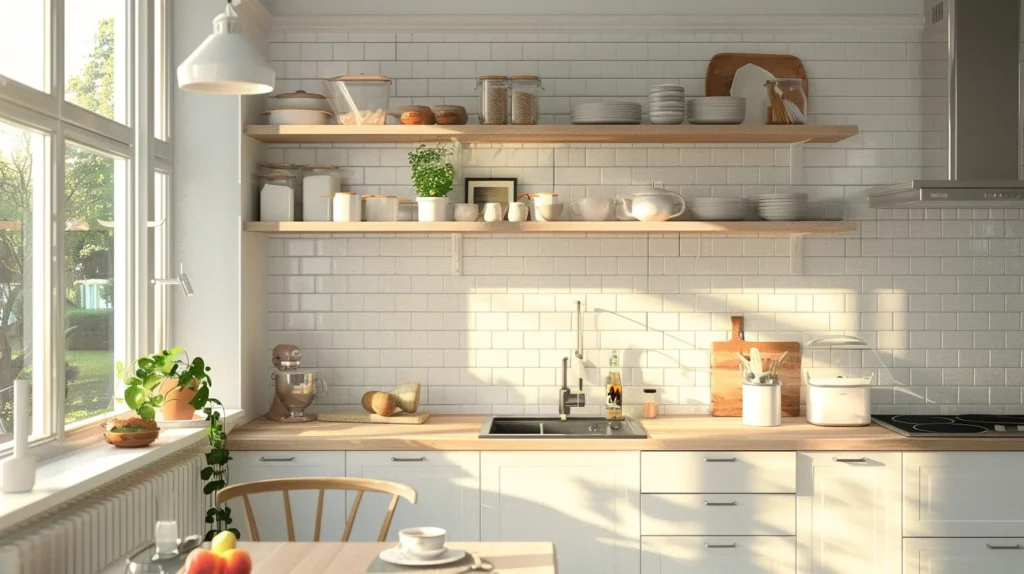
Although open shelving has been praised in magazines like Architectural Digest for its airy aesthetic, Gen Z finds it impractical and stress-inducing. Younger homeowners are choosing closed cabinets to reduce visual clutter and minimize constant upkeep. The minimalist movement has shifted from “on display” to “out of sight,” especially in high-use areas like kitchens. Dust, grease, and chaotic-looking dishes are simply not part of Gen Z’s dream home.
This generation prefers streamlined storage that prioritizes cleanliness and emotional calm. Open shelves often require aesthetic curating, which feels more performative than functional. Gen Z is focused on mental health, and messy visuals—even well-styled ones—can subconsciously add stress. Closed cabinetry offers the privacy and peace they value most.
2. Gray Everything
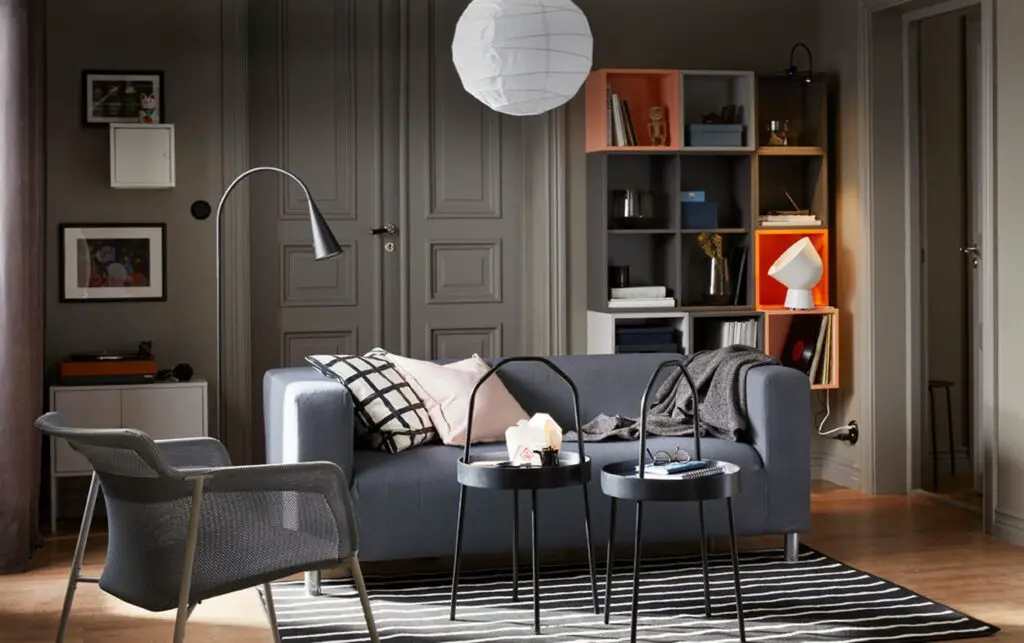
Gray walls and furniture were once seen as the height of neutral sophistication, but Gen Z sees them as cold and uninspired. According to a Better Homes & Gardens report, younger homeowners are favoring earthy tones like sage, terracotta, and deep olive. They want their homes to feel warm, grounded, and alive—not sterile. Gray, to many, symbolizes a bygone era of safe, risk-averse design.
Color is now tied to self-expression and emotional wellbeing, both major values for Gen Z. Neutrals aren’t off the table completely, but they’ve evolved into more natural shades. The all-gray trend feels too aligned with fast flips and impersonal staging. In contrast, Gen Z wants spaces that feel intentionally personal.
3. Faux Farmhouse Signs

Inspirational quotes on wooden planks are out, especially those mass-produced for the “Fixer Upper” crowd. Gen Z sees them as corny and overly commercial, lacking authenticity and originality, notes The Spruce. They prefer wall art with personal meaning, cultural relevance, or bold, graphic impact. Décor shouldn’t feel like it came straight off a clearance rack at Hobby Lobby.
Instead, Gen Z leans into handmade or locally sourced pieces that reflect individuality. Their décor choices are as much about values as they are about aesthetics. Signs that say “Live, Laugh, Love” just don’t align with a generation skeptical of anything that feels forced. It’s about moving from cliché to conscious design.
4. Wall-to-Wall Carpeting
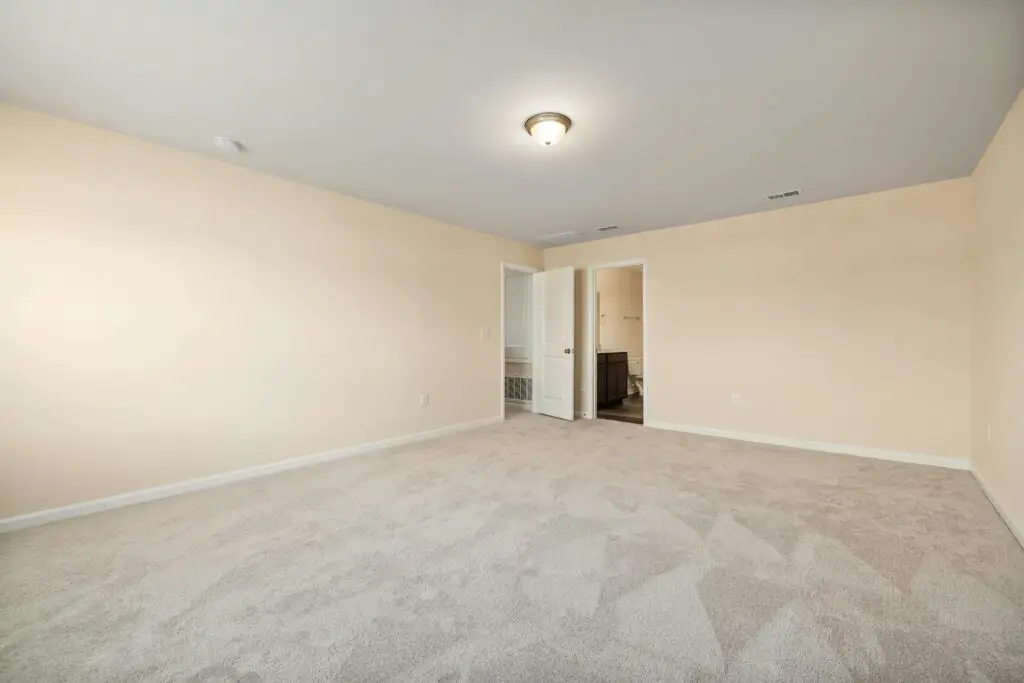
Despite its cozy reputation, wall-to-wall carpeting is being rejected in favor of hardwoods and area rugs. The National Association of Realtors found that Gen Z overwhelmingly prefers flooring that’s easier to clean and less likely to harbor allergens or pet dander. The shift reflects both aesthetic preferences and health priorities. Carpet may still show up in bedrooms, but even that’s becoming rare.
Hard surfaces give Gen Z the versatility they crave in home styling. Rugs can be swapped out seasonally or stylistically, offering more flexibility. Maintenance is a major concern, and carpeting simply doesn’t hold up under scrutiny. It’s a comfort of the past, not a choice for the future.
5. Heavy Drapes and Valances
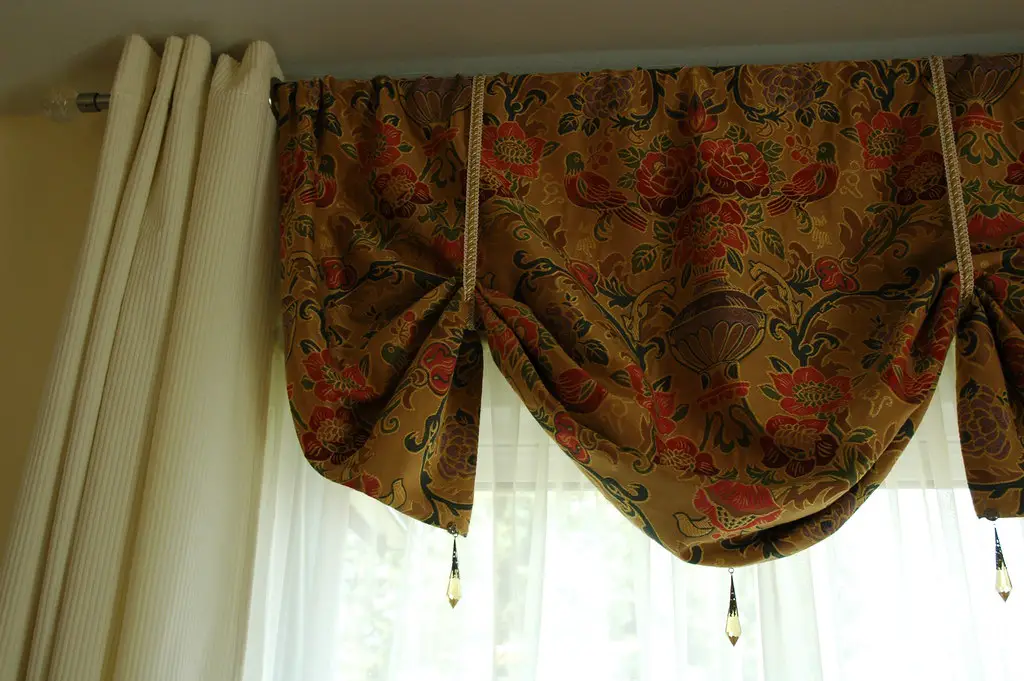
Gen Z favors light, airy spaces, and nothing suffocates a window like a heavy drape or elaborate valance. These window treatments are often seen as old-fashioned and overly formal, remnants of their grandparents’ homes. Instead, the trend is shifting toward light-filtering shades, linen curtains, or even bare windows in some minimalist homes. The goal is to let natural light flood in, not block it out.
Younger homeowners prioritize brightness, both for mood and for social media aesthetics. Clunky curtains make a room feel smaller and more enclosed. Natural light is also tied to sustainability and energy savings, both big issues for Gen Z. Function now trumps frill.
6. Matchy-Matchy Furniture Sets
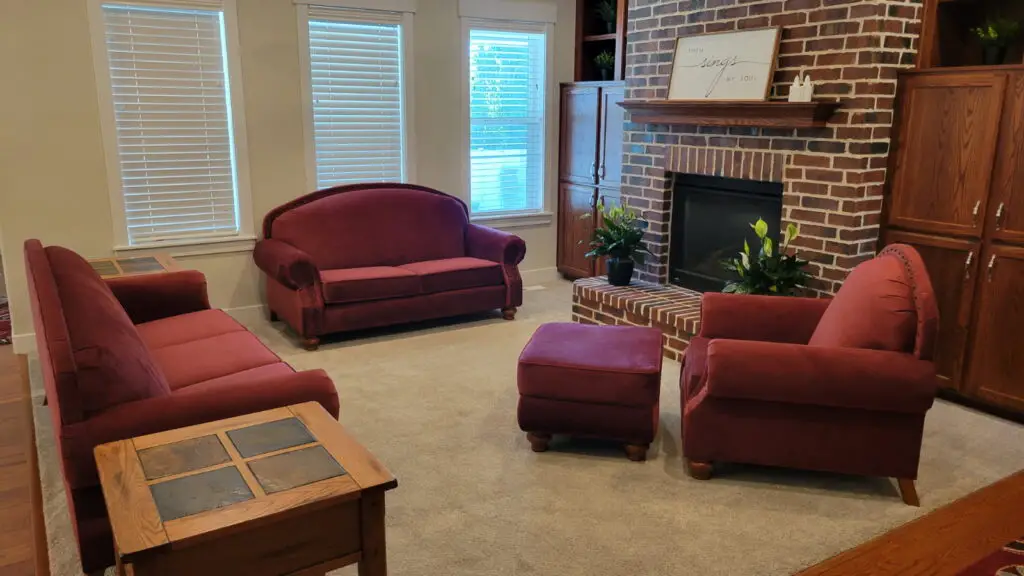
Gone are the days of buying a seven-piece living room suite with matching end tables and lamps. Gen Z embraces the mix-and-match approach, often sourcing secondhand or repurposed pieces for a more eclectic, layered look. Matching sets feel manufactured and uninspired, while curated chaos reads as intentional and chic. It’s about storytelling, not showroom styling.
This design philosophy allows for more creative freedom and budget flexibility. By avoiding uniformity, they create spaces that evolve with their lives. Matchy sets also imply a lack of personality, which clashes with Gen Z’s desire for self-expression. Their homes reflect their identities, not a catalog.
7. Barn Doors

Though once beloved for adding rustic flair, barn doors are being retired in many Gen Z homes. They often lack soundproofing and privacy, which is a practical deal-breaker for this generation. Beyond function, barn doors now feel overused and too closely tied to past fads. They’re increasingly being replaced with pocket doors or simple, clean-lined modern alternatives.
Gen Z appreciates a nod to history, but not when it feels forced or gimmicky. Barn doors no longer feel like a cool rustic accent—they feel like trying too hard. The modern aesthetic leans more toward subtlety and innovation. Practicality always wins out over Pinterest nostalgia.
8. Edison Bulb Fixtures
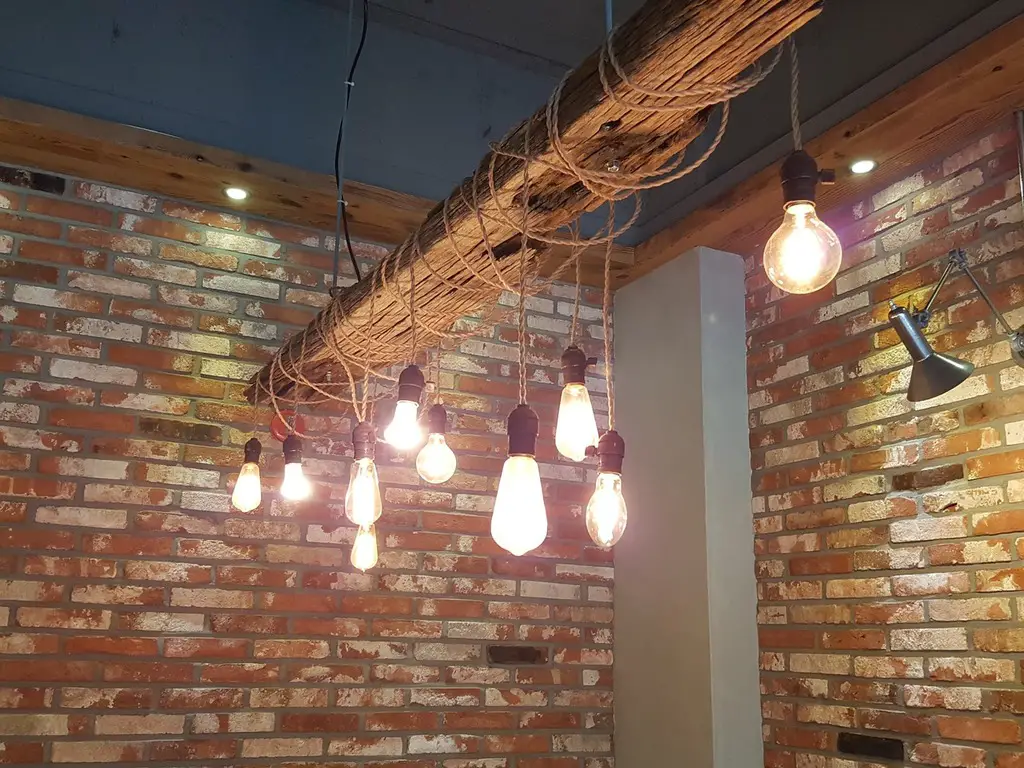
The moody, vintage glow of exposed Edison bulbs has lost its charm among younger buyers. Gen Z leans toward cleaner, brighter LED lighting with a modern or sculptural twist. Edison bulbs often read as low-light, high-effort, and energy-inefficient—not exactly a win for eco-conscious consumers. They also carry a strong “barista chic” association that now feels dated.
Smart lighting and energy efficiency are the new lighting goals. Fixtures are selected not just for form, but for their technological compatibility. Edison bulbs simply don’t play well with the smarter, more adaptable lighting setups Gen Z prefers. When they light up a room, they want it done with intention.
9. Granite Countertops
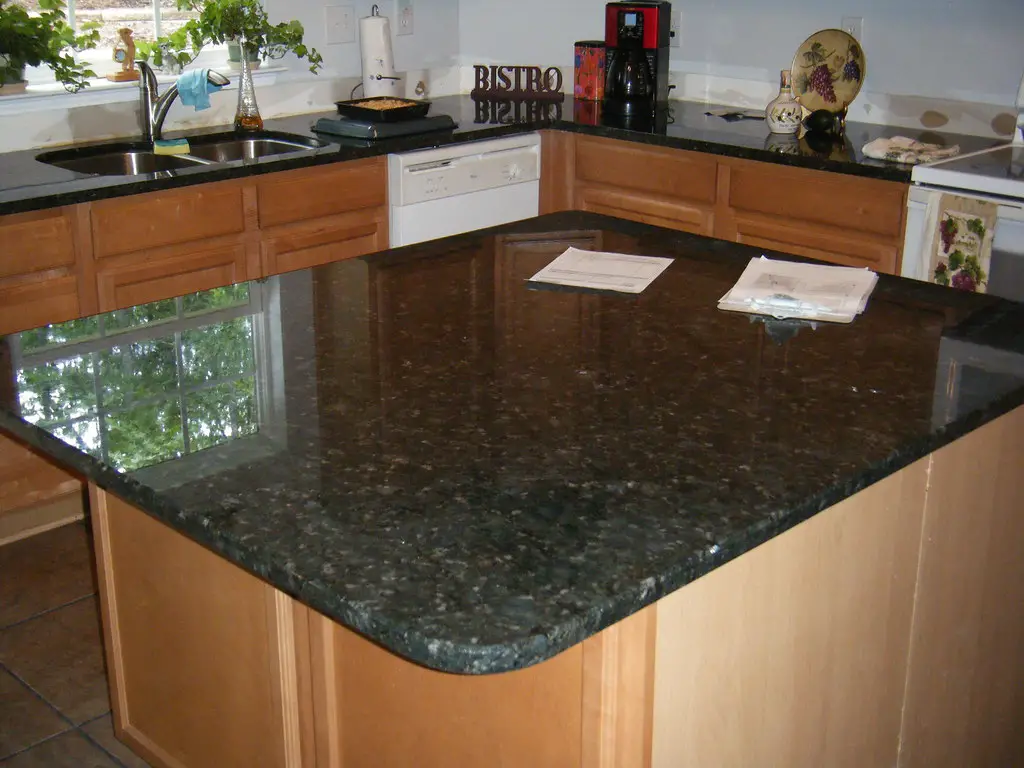
Granite was once the gold standard in kitchens, but Gen Z is more likely to choose quartz, recycled materials, or even concrete. These alternatives are seen as more sustainable and visually adaptable to various styles. Granite feels like a remnant of suburban luxury that doesn’t align with the newer generation’s values. They’re more concerned with function, environmental impact, and originality.
Countertops are a chance to express personal style, and granite feels too expected. Quartz offers more control over color and pattern, which makes customization easier. Recycled and low-impact surfaces are also trending as Gen Z prioritizes the planet. Granite, in contrast, feels heavy in more ways than one.
10. Nautical Themes

Anchor motifs and navy-striped everything are now considered cheesy rather than coastal-chic. Gen Z views these décor choices as kitschy and outdated, often tied to commercial Airbnb aesthetics. A modern beach vibe now incorporates natural textures, muted blues, and sustainable materials—without literal boat ropes and life preservers on the wall. The shift is toward subtler, more authentic coastal design.
Over-the-top nautical themes feel too contrived for a generation that values sincerity in design. They want their homes to hint at their interests, not scream them. A little driftwood goes further than a faux porthole mirror. For Gen Z, less is truly more when it comes to themes.
11. Overly Industrial Interiors
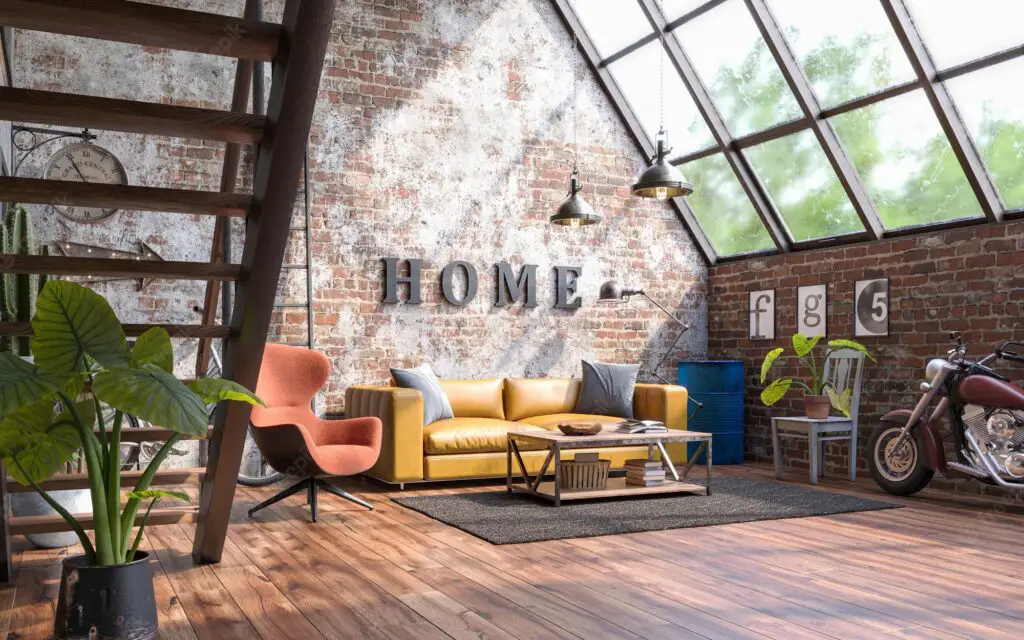
Exposed ductwork, raw concrete floors, and steel beams are being softened or covered up. What was once considered edgy now feels cold and uncomfortable to many young buyers. Gen Z wants warmth, nature, and tactility in their spaces. Industrial design can often come off as unfinished or unwelcoming.
Instead of embracing the harshness, they blend industrial elements with softer textures like wood, fabric, and color. The shift is away from masculine, rigid spaces and toward inclusive, calming environments. A little edge is fine—just not at the expense of comfort. Functionality must be balanced with emotional warmth.
12. Overdecorated Bathrooms
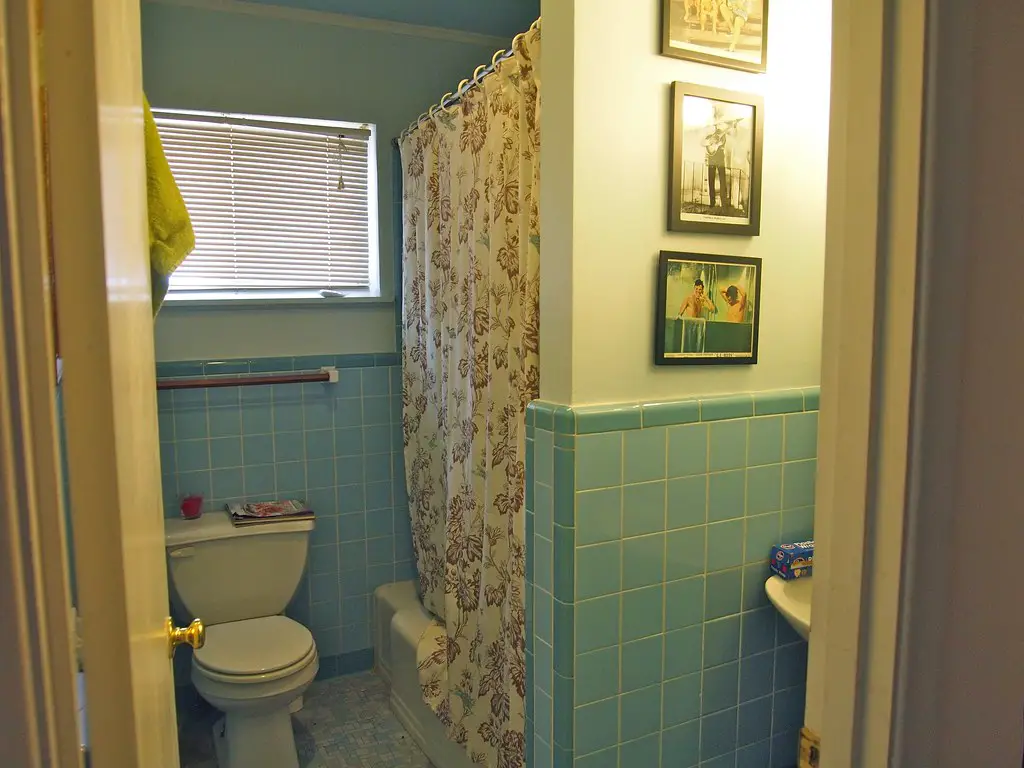
Gen Z prefers spa-like simplicity in bathrooms, not elaborate wallpaper, ornate mirrors, and chandelier lighting. The trend is moving toward clean lines, matte fixtures, and natural materials like stone and wood. They value bathrooms that feel restful and intentional, not like mini Versailles replicas. Overdecorating reads as cluttered and high-maintenance.
A minimalist bathroom is easier to clean, update, and personalize over time. Gen Z also favors bathrooms that align with their skincare routines and wellness habits. Fussy décor doesn’t mesh well with functional daily rituals. They want a sanctuary, not a statement piece.
